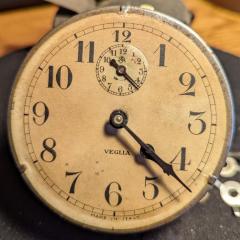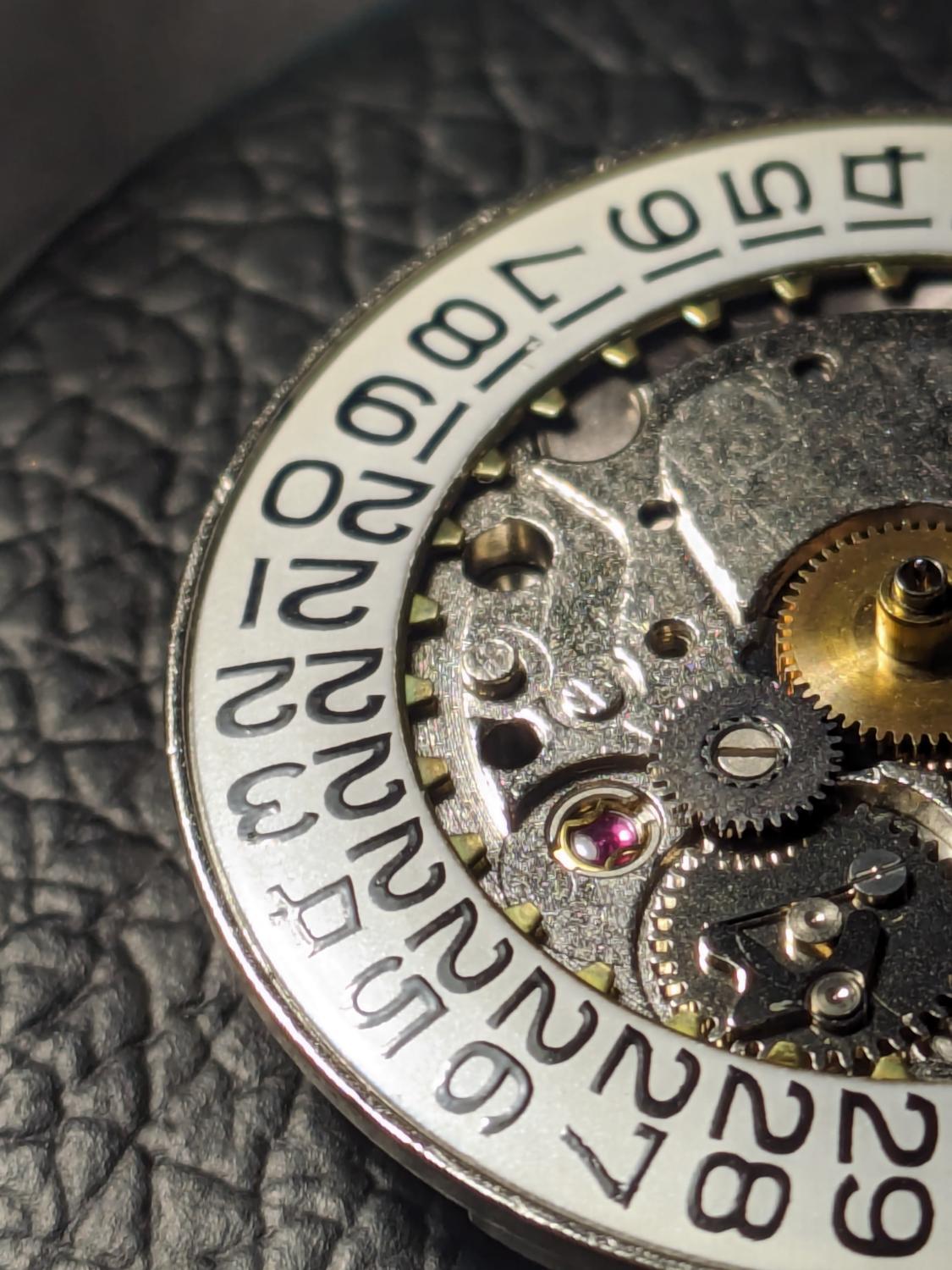-
Recently Browsing
- No registered users viewing this page.
-
Topics
-
Posts
-
By RichardHarris123 · Posted
Hello and welcome Feli. Not sure from the photo but it looks cross threaded, the right of the photo looks lower than the left. Try putting something like peg wood under the right side and gently push up, whilst rotating. -
Can you confirm which way you were rotating it when this happened? I'd say you've applied too much pressure while trying to unscrew it and crossed the threads. To be honest I don't know of any safe way to open this where you'll keep the threads intact but other may be able to help.
-
Well, it’s been bugging me all week. So today I thought I’d give it one more try to shift the collet counterclockwise to shorten the hairspring while still maintaining enough room on the stud carrier to make beat error adjustments. Happy to report that I was able to get things sorted out to an acceptable configuration. While the stud carrier that adjusts the beat is pretty far over, there is enough room left for andditional adjustments if ever needed. The most important thing is the hairspring was shortened enough to allow proper setting (the picture below shows the setting at 0 beat error and about ~+/-20 secs/day). again, thanks for all of the great advice. .
-
By SwissSeiko · Posted
How are you holding the graver? I make sure I hold it similar to a pencil, to say I'm not really holding the handle. Hardened steel is a bit harder to turn, but I havent found it to be that much more difficult. I get my steel in the US from McMaster Carr, but that might not be an option for you. What is your graver shape? Diamond? that is easiest to use I think. I shape the tips on a diamond wheel, then polish them with a ruby stone. I have been able to turn this way down to 0.05mm. Again, the steel must be hard, as stated above, or it will be too sticky, like aluminum. -
Hi! I'm Felipe and I screwed up Here I was thinking that I was ready for a Rolex after a few weeks of doing the whole cycle (disassembly, cleaning, assembly, testing), bought a `Horotec Rack Press Watch Case Opener with Red Suction Die Set` and started to open my watch, and boom this happened. The O-Ring has come out entirely but the cover wont move... The cover is stuck semi open, I've tried really hard to open/close it, but it wont budge, you can see the Die plastic debris is starting to creep in the movement. would anyone know what to do? any help would be greatly appreciated Rolex is mine fortunately, but yeah still very painful.
-







Recommended Posts
Join the conversation
You can post now and register later. If you have an account, sign in now to post with your account.
Note: Your post will require moderator approval before it will be visible.